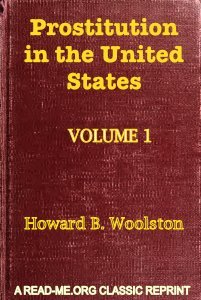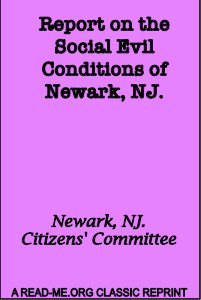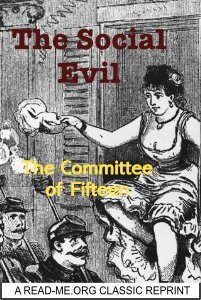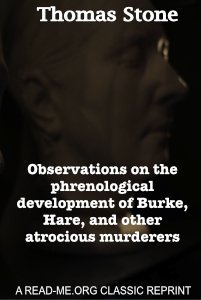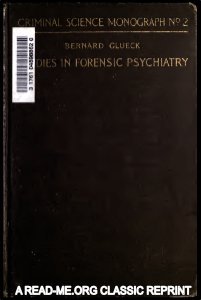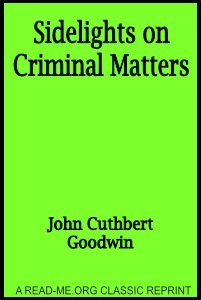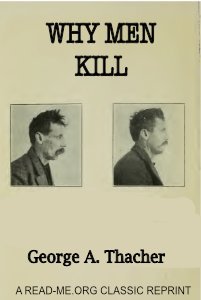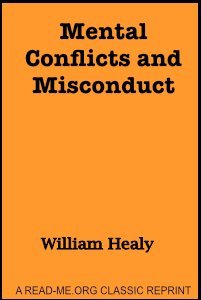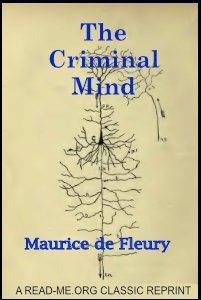By Robert N. Willson.
“The following pages are published in the earnest hope that they may assist in the preservation of the American home circle through their influence upon the boy and the young man. Each of the four chapters was prepared for those who listened to it, and with no idea that it would eventually find its way into print. I have now arranged them in permanent form for the purpose of more widely introducing a difficult and delicate subject in a plain but thoroughly clean way. For years I have felt the need, as an individual and a physician, of a simple, and yet scientifically accurate, presentation of the world's great blemish, its causes, and effects, in such a form that I might safely place it in the hands of the American boy and girl. Each of the chapters comprising this little volume has been chosen with this end in view. Each has been utilized, moreover, in response to a desire, expressed openly and often, by men and women who have the integrity of American manhood deeply at heart.”
Philadelphia, Chicago, The J.C. Winston company , 1905. 174p.



